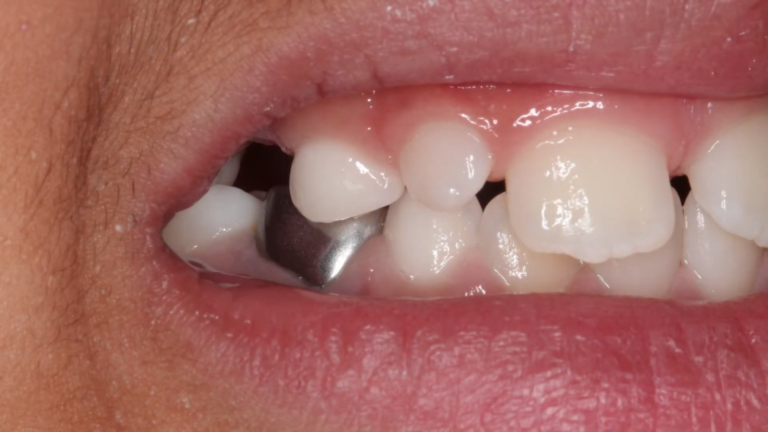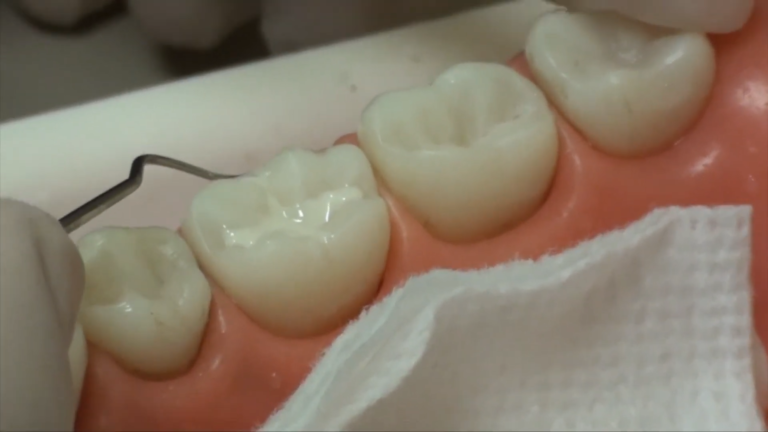Tips for Preventing Cavities in Children’s Teeth
Cavities—also known as tooth decay—are one of the most common chronic diseases among children. Despite being highly preventable, they affect millions of kids each year and can lead to pain, infections, difficulty eating, and even problems with speech and self-confidence. But the good news is that with the right habits and a little consistency, you can significantly reduce your child’s risk of cavities and help them grow up with a strong, healthy smile.
Here are practical, dentist-approved tips for preventing cavities in children’s teeth—whether your little one is still teething or already brushing on their own.
Start Oral Care Early
The journey to healthy teeth begins long before the first tooth appears. Even before teething, gently wipe your baby’s gums with a clean, damp cloth after feedings. Once the first tooth erupts, start brushing with a soft-bristled baby toothbrush and a tiny smear of fluoride toothpaste. Early habits lay the foundation for lifelong oral health and help your child get used to daily dental care.
Brush Twice a Day—with Your Help
Children need help brushing their teeth properly until they’re around 7 to 8 years old. Use a soft toothbrush and fluoride toothpaste (the size of a grain of rice for children under 3, and a pea-sized amount for those over 3). Brush twice a day—once in the morning and once before bed—using small circular motions and gently cleaning along the gumline. Don’t rush: brushing should take about two minutes.
Teach and Assist with Flossing
As soon as two teeth touch, it’s time to start flossing. Food particles and bacteria easily get trapped between teeth, and brushing alone doesn’t remove them. Use kid-friendly flossers or traditional dental floss to clean between teeth at least once a day. Younger children will need assistance until they can handle the task on their own.
Limit Sugary Snacks and Drinks
Frequent snacking, especially on sugary or sticky foods, creates an ideal environment for cavity-causing bacteria. Limit your child’s intake of candy, cookies, juice, sodas, and sweetened cereals. Offer healthier alternatives like fruit, yogurt, cheese, or whole grain snacks. And when your child does have a treat, try to serve it with a meal rather than as a standalone snack—saliva production during meals helps wash away sugars more effectively.
Encourage Drinking Water
Water is the best drink for children—not only for hydration but also for oral health. Tap water often contains fluoride, which helps strengthen tooth enamel. Encourage your child to drink water after meals and snacks to help rinse away food debris and sugars. Avoid letting your child sip on juice, milk, or sugary drinks throughout the day or at bedtime, as this creates prolonged exposure to sugar.
Avoid Putting Your Child to Bed with a Bottle
One of the leading causes of early childhood cavities—often called “baby bottle tooth decay”—comes from putting a baby to bed with a bottle of milk, formula, or juice. If your child needs comfort at bedtime, offer a bottle of water instead, or establish other soothing routines that don’t involve sugary drinks.
Schedule Regular Dental Checkups
Routine dental visits every six months allow your child’s dentist to catch early signs of decay, provide thorough cleanings, and apply preventive treatments like fluoride and sealants. Fluoride strengthens enamel, while sealants act as a protective barrier on the chewing surfaces of back teeth, where cavities are most likely to develop.
Lead by Example
Children learn best by watching the adults around them. Brush and floss your own teeth daily, talk positively about dental visits, and make oral care a normal and valued part of your family’s daily routine. The more they see you prioritizing dental health, the more likely they are to follow suit.
Final Thoughts
Preventing cavities in children doesn’t require fancy tools or expensive products—just daily habits, mindful choices, and a little patience. With consistency at home and support from your child’s dental team, you can help them avoid the pain and complications of tooth decay and set them up for a future full of healthy, happy smiles.






